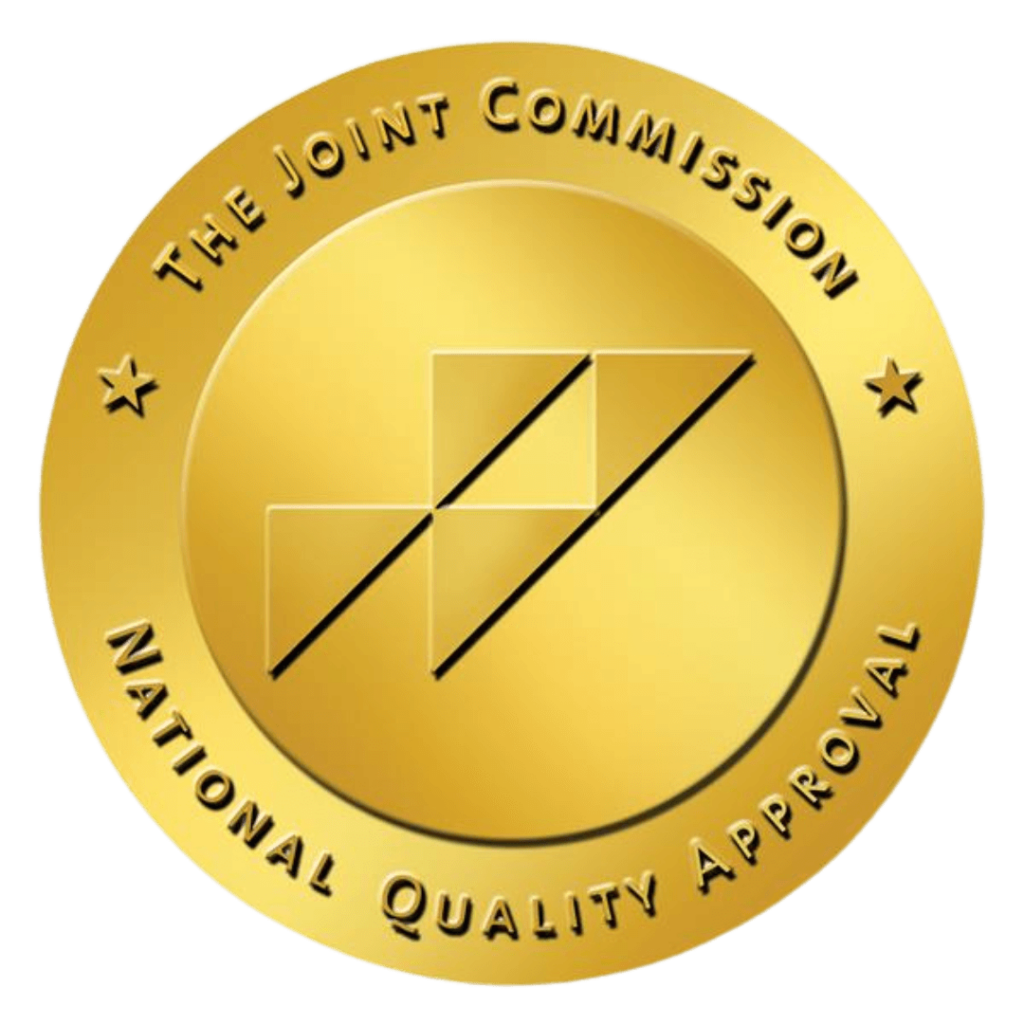
While known as a safe and effective anti-anxiety medication, Xanax can also cause physical and psychological dependence if taken in large quantities for an extended period. Abusing this drug can result in serious and potentially life-threatening Xanax addiction symptoms.
Xanax is a strong prescription medication used to treat anxiety and panic disorders. This type of benzodiazepine suppresses the excessive activity of nerves in the brain and the central nervous system.
However, due to its pleasurable effects, it has a high potential for abuse. Because of this, doctors usually prescribe it to patients only at the onset of severe symptoms, such as panic attacks or hyperventilation.
The effects of Xanax abuse cannot be overstated enough. It can lead to negative consequences, a decrease in productivity, and strain on relationships. If you or a loved one is trapped in an addiction cycle, enrolling in a treatment center can help you recover safely.
What is Xanax?

Alprazolam or its brand name, Xanax, belongs to a class of drugs called benzodiazepine. It is one of the commonly prescribed anti-anxiety medications in the United States.
Xanax works by calming the abnormal chemical movements in the central nervous system. By boosting the effects of the natural chemical gamma-aminobutyric acid, it can reduce nervous tension and anxiety.
Benzodiazepine addiction has become a serious health concern in the United States. A study reveals that 16% of opiate overdose deaths also involve drugs like Xanax.
Benzodiazepine abuse can be apparent if the person looks intoxicated or there has been a drastic change in his or her behavior. However, sometimes, it can also be concealed. To address this, you can try a combination of approaches, including detoxification and psychotherapy.
Is Xanax Addictive?
Yes, it is addictive. The Drug Enforcement Agency (DEA) has classified Xanax under Schedule IV of the Controlled Substances Act. This means this drug has a lower potential for abuse than others, although the risk remains.
The Xanax addiction rate has shown a rapid increase over the years. According to the 2013 National Survey on Drug Use and Health, young individuals were most likely to have used alprazolam for non-medical purposes. The abuse was nearly twice as common among individuals aged 18-25 (10.3%) as it was among those aged 26 and up (5.7%).
Users may get hooked on Xanax within a matter of weeks. Once they develop a tolerance to it, they will have to increase their dosage to achieve their desired effects. This can be dangerous as it can result in overdosing, intoxication, and in some instances, drug-seeking behavior.
The Royal College of Psychiatrists mentions that continued use of benzodiazepines for six weeks or more could result in dependency for four in every ten users.
How to Recognize Xanax Addiction
You may wonder, “What are the withdrawal symptoms, and how does the addiction to Xanax look like?” We’ll delve deeper into those topics, so continue reading.
Different signs indicate Xanax abuse but some of these only become evident when the person is currently under the influence and taking a higher dose than suggested.
Some of the physical symptoms of Xanax abuse include cognitive deficits, periods of delirium, depression, weight changes, and aggressiveness.
There will also be psychological and behavioral changes in the person. For one, users often find it hard to control their impulses to take more of the drug. Because of this, they tend to lie, steal, lash out, and do illicit methods to get more of this medication.
Xanax addiction signs may also occur when the person begins withdrawal. This may range from muscle pain to heart palpitations and could be felt a few hours after the person’s last dosage.
If you notice a pattern of these symptoms in someone you know, consider getting help from your trusted treatment center.
Xanax Addiction Symptoms
While Xanax is sometimes recommended for more than a few weeks to treat anxiety disorders, long-term use might result in a recurrence of anxiety symptoms after the medicine is withdrawn. It also raises the risk of Xanax addiction withdrawal.
Common symptoms may include:
- Anxiety or tension
- Concentration issues
- Sleeping problems
- Tremors
- Sore muscles
- Headaches
- Tachycardia or fast heart rate
- Hyperventilation (rapid, shallow breathing)
- Sweating
- Seizures or convulsions
- Depression
- Feelings of disconnection from reality
- Panic attacks
- Hallucinations
- Delirium
Other Xanax addiction signs to watch out for:
- Extreme drowsiness
- Blurry vision
- Slurred speech
- Poor coordination
- Inability to stop taking the drug
- Lying or engaging in fraudulent behavior to obtain additional tablets from healthcare providers, family members, or friends
- Excessive time and or money spent obtaining or using Xanax
- Putting yourself or others in danger when under the influence of Xanax (such as driving when the medication has made you drowsy)
How to Treat Xanax Addiction
Withdrawing from Xanax can cause some psychological impact. Since the mind has become accustomed to it, removing it from your system may cause insomnia, depression, paranoia, and irritability.
To make withdrawal as pleasant as possible, you need to undergo medical detox. It entails weaning the person off Xanax or gradually decreasing their dosage until the body functions without it.
You can do medical detox in an inpatient setting with 24-hour assistance. This program is designed to keep track of a person’s vital signs and, if necessary, provide medicine to help alleviate the withdrawal symptoms.

After the detox phase is completed, Xanax addiction treatment can commence. Physical dependence should be addressed immediately to avoid experiencing Xanax cravings. To do this, you need to attend behavioral therapy as well.
You may need to continue seeing your therapist for months, even after your detox is finished. The goal here is to understand your addiction and regain control so that you don’t use Xanax or another substance again.
Reach Out to Restore Today
An individual prescribed with Xanax can develop an addiction if they take the drug for a long time. Recognizing the symptoms of abuse or misuse right away is essential to get the appropriate help you need.
Restore Center can address both your addiction and other co-occurring mental illnesses to mitigate the risk of relapse. Our personalized treatment programs use a range of evidence-based strategies to manage each person’s unique addiction experience. We take a holistic approach to healing that encompasses the mind, body, and spirit.
Are you looking for the best option on how to treat Xanax addiction? Restore Health and Wellness Center can find a solution that works exactly for you. Call us today, and we’ll gladly answer any questions and ultimately get you started with your recovery journey.




